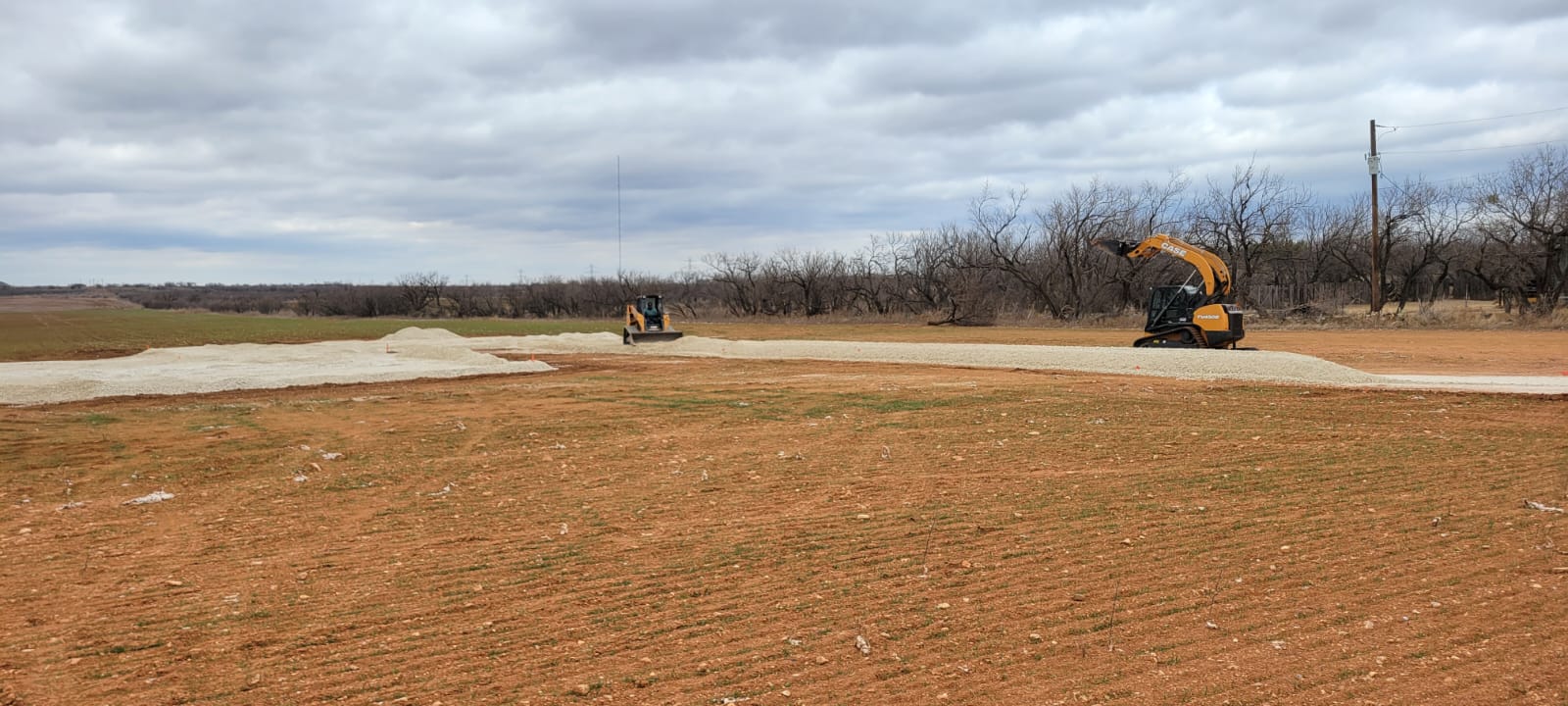Land Clearing and Site Preparation
Retention and Detention Ponds
Ponds are small bodies of water excavated and installed near rivers, lakes, streams, or bays to protect against flooding and downstream erosion by storing water for a limited or long period of time. They are also installed for water quality protection settling suspended sediments and other solids present in stormwater runoff. During a storm, the pond collects the water runoff and slowly discharges the water through an outlet structure preventing flood. If the pond holds the water long enough, sediments from the water are pulled out and broken down increasing the water quality before the water is released to rivers and beaches
Importance of ponds
Ponds are not installed for esthetic purposes only. In natural environments most of the rainwater is soaked into the ground. However, that is not the case in developed areas. When rainwater hits hard surfaces such as roofs, roads, concrete driveways, and parking lots, a runoff is created causing flood and erosion. The water runoff increases in velocity and will damage streams by carrying trash and pollutants. Streams will overflow and erode. These streams will carry trash, sediment, organic debris, chemicals, and other pollutants which will flow downstream affecting aquatic life.
As we can see, ponds are necessary small bodies of water in communities that reduce the volume of stormwater runoff, thus, preventing flood erosion and local streams from pollutants. If ponds are enhanced with garden plants and other decorative landscape, these features will act as pollutant filters and will increase curb appeal and property value.
Types of ponds
These two types of ponds are installed in many urban areas: retention and detention ponds which are also called wet and dry ponds. Both ponds prevent flood, remove pollutants, and improve water quality, but retention ponds remove more pollutants because water is retained for longer time.
Retention Pond: This artificial lake is designed to collect a permanent pool of water holding even fine sediments at the bottom of the pool. It holds stormwater runoff like water behind a dam. The level of water fluctuates during the year to accommodate additional storm water.
Detention Pond: It stores water for a limited period of time to slowly empty water completely, usually within one to three days. So, they are usually dry except when it rains or snow melts. These ponds reduce peak runoff rates during a storm, reducing flood damage. During this short period of time, sand and larger particles settle down while finer particles do not.
Retention and detention ponds are built to efficiently collect stormwater runoff. Therefore, it must be installed in an adequate low point where it will collect a large amount of water produced by the surrounding land.
Leave the installation of your retention or detention pond to the experts. We will go through all the process in building the successful pond you desire. Contact Midwest Landworx for a free quote at 325-283-2550 or send us a message.
Our services include:
Dirt work Land clearing
Grading/Leveling Tree and stump removal
Rock, log, brush removal Hauling construction material
Site preparation Hauling trash, debris, construction waste
Installation of house pads Installation of gravel driveways
And more…












